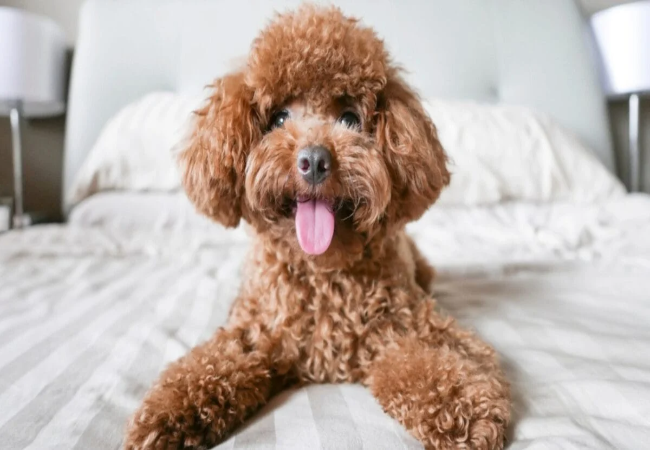Reduce Anxiety in New Puppies 2025: Vet Approved Strategies 🐶💙

In this article
Reduce Anxiety in New Puppies 2025: Vet Approved Strategies 🐶💙
By Dr. Duncan Houston BVSc
Bringing home a new puppy invites joy—but can also introduce worry and stress for your pup. Changes in environment, new sounds, or separation from their litter can trigger anxiety. While some nervousness is normal in early life, persistent or intense stress isn’t—and as a vet, I’m here to help you support your puppy’s transition thoughtfully and effectively.
🔍 Recognizing Signs of Anxiety
Look out for these behaviors that may signal anxiety or fear:
- Whining, barking, trembling, hiding, or reluctance to play
- Excessive drooling, urinary/fecal accidents, decreased appetite
- Pacing, repeated licking of themselves or lips, seeking constant attention
These may be normal during adjustment, but don’t ignore them if they intensify or don’t improve.
1. 🕊️ Build a Calm, Controlled Environment
For the first week or so, shield your puppy from overwhelming situations:
- Avoid loud gatherings and new triggers like vacuum cleaners or unfamiliar people.
- Speak softly and move gently to reduce stress.
- Use pheromone diffusers (like Adaptil®) to mimic maternal comfort.
2. ⏰ Establish a Predictable Routine
Puppies feel safer when they know what to expect. Keep these consistent daily anchors:
- Fixed times for meals, potty breaks, walks, play, and naps
- Uniform commands and rewards used by all family members
This structured routine fosters stability and obedience—anxiety naturally recedes with rhythm and order.
3. 🧩 Teach Positive Alone Time
Separation stress is common. Learn to help your puppy feel safe alone:
- Keep their crate in your bedroom overnight so they feel secure
- Use short, positive crate sessions during the day—treats, soft toys, no fuss
- Consider the “3–3–3 rule”: 3 days to decompress, 3 weeks to settle in routine, 3 months to build lasting confidence
4. ✅ Prevent Overstimulation & Support Confidence
Puppies can become overwhelmed by multiple stressors simultaneously, even if they seem okay separately :
- Introduce new things one at a time—don’t combine multiple new experiences
- Watch for warnings—yawning, lip licking, avoiding eye contact—and give breaks
- Provide ongoing enrichment through gentle play, training games, and chew toys like Benebone or Kong
5. 🧬 Understand Genetics & Health Influences
Some breeds are naturally more nervous (e.g., German Shepherds, Wheaten Terriers) :
- Have your vet screen for physical issues (sight, hearing, pain) that can aggravate anxiety
- Adjust strategies for breed or personality—genetic predisposition doesn't mean unchangeable outcomes
6. 🎁 Enrichment, Training & Positive Reinforcement
Keep your puppy mentally and physically engaged:
- Short sessions of training and mental puzzles daily
- Reward calm behavior using treats accessible throughout the day (wearable pouch recommended)
- Game-based learning—like hand-targeting or calm greeting manners—to redirect anxious responses
7. 🩺 When to Seek Veterinary & Behaviorist Support
If your puppy shows signs like persistent distress, destructive behavior, or regression:
- Consult a vet to rule out pain or illness
- Ask about natural supplements (L-theanine, alpha-casozepine) or calming chews like PetMD’s formula with melatonin and chamomile
- Work with a Certified Professional Dog Trainer or veterinary behaviorist for tailored desensitization programs
🛍️ Supportive Tools to Reduce Puppy Anxiety
- Ask A Vet App: real-time vet access for early concerns or behavior guidance
- Pet MD Calming Chews: gentle blend of melatonin, chamomile & L‑tryptophan for episodes of stress
📌 Final Takeaways
- Monitor anxiety signals—know when your puppy crosses from normal adjustment to stress
- Start with calm and controlled surroundings, then build routines, confidence, and independence
- Prevent overstimulation by introducing one thing at a time and providing ongoing enrichment
- Address breed and health predispositions with supportive strategies and early screening
- Use vet-approved supplements and training techniques when needed, with professional guidance






